Replacing kitchen doors — step-by-step
Replacing kitchen doors is a cost effective and achievable route to a space that looks as good as new. Our handy guide takes you through the process step-by-step and explains everything you need to know about costs too
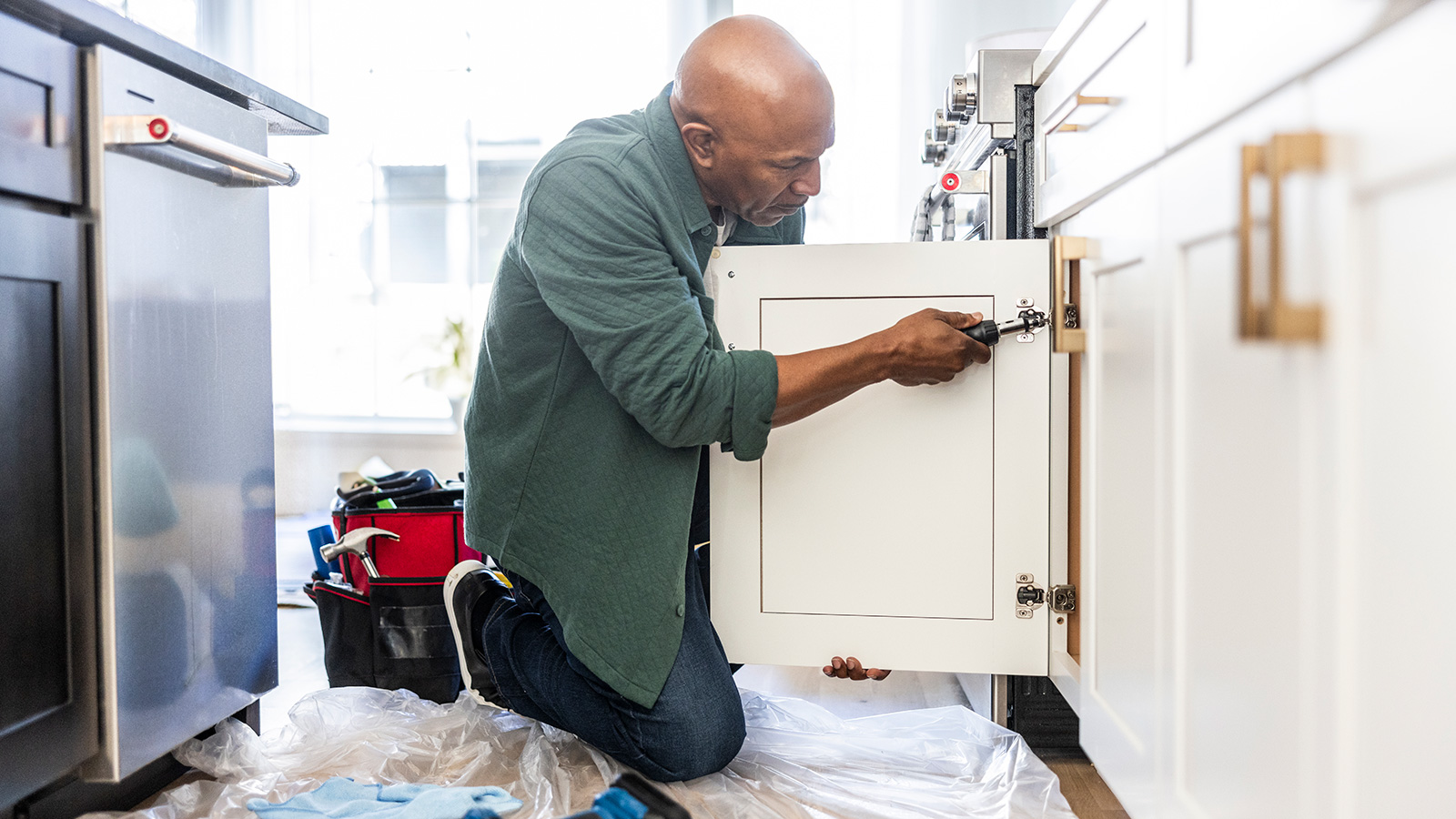
Replacing kitchen doors in order to give your space a whole new look is far kinder on the bank balance than buying a completely new kitchen.
When designing a kitchen for an existing space, it really is worthwhile considering using the existing cabinet carcasses, providing they're in good condition and you are not looking to change the layout or storage drastically. Not only will taking this route cost you less, but it is also better for the environment and is considerably less disruptive too.
Bear in mind that replacing kitchen doors isn't just the preserve of those looking for a quick makeover on a budget. Replacement kitchen doors are also a great idea for those looking to add a designer edge to basic, but quality kitchen carcasses from big retailers, offering designer good looks at a price point that's a step between budget and luxe kitchen brands.
In this guide, we have provided a step-by-step tutorial for replacing kitchen doors to help you undertake this project on a DIY basis. We also explain how to find replacement kitchen doors that fit and give you an idea of how much you could save by taking this route.
Preparing to replace kitchen cabinet doors
Before you can replace your doors you will obviously need to buy replacements. When planning a kitchen and ordering new doors, be sure to measure the doors themselves, not the cabinets — they may very well be different in size and even if this is only by a few millimetres, getting it wrong will result in doors that won’t close properly.
Measure the backs of the doors, as the fronts may have rounded or bevelled edges, and always work in millimetres. If the doors happen to be missing, you can measure the overall width and deduct 4mm.
In the case of corner units or those that slope, there will usually be several options, such as having two doors hinged together or two separate doors that operate in opposite directions, coming together over a corner post central to the unit.
How to replace kitchen cabinet doors
1. Remove your old doors by undoing the existing hinges. Begin by taking off the bottom hinge, as removing the top hinge first could place undue leverage on the bottom hinge.
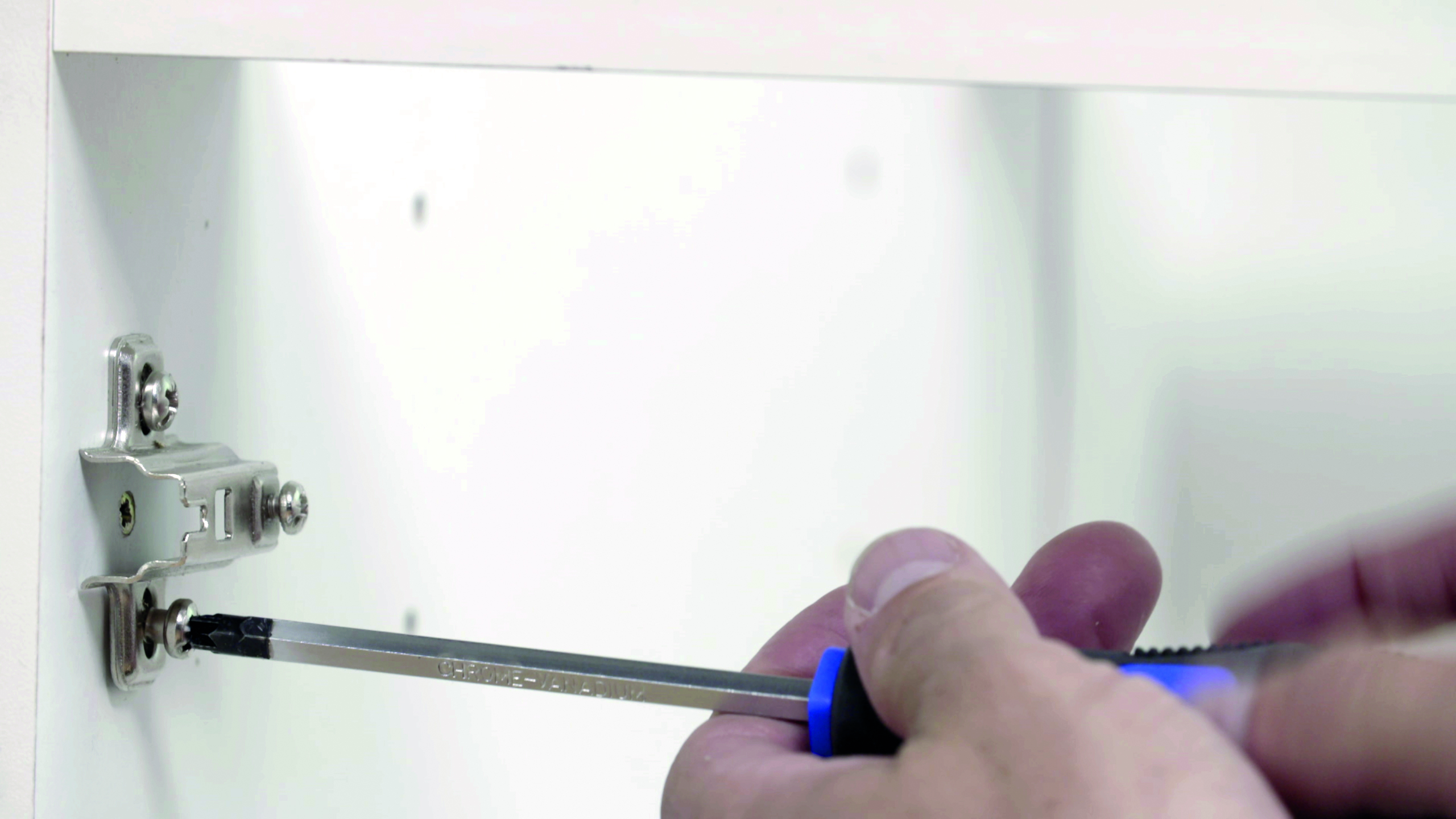
2. Fit the backplate (also called a hinge plate) to the inside of the cabinet. Many new hinges come complete with the correct screws.

3. Fit the other part of the hinges to the new doors themselves. The hinge will fit into the recessed hinge hole in the door — ensure the arm of the hinge remains at a right angle to the edge of the door.
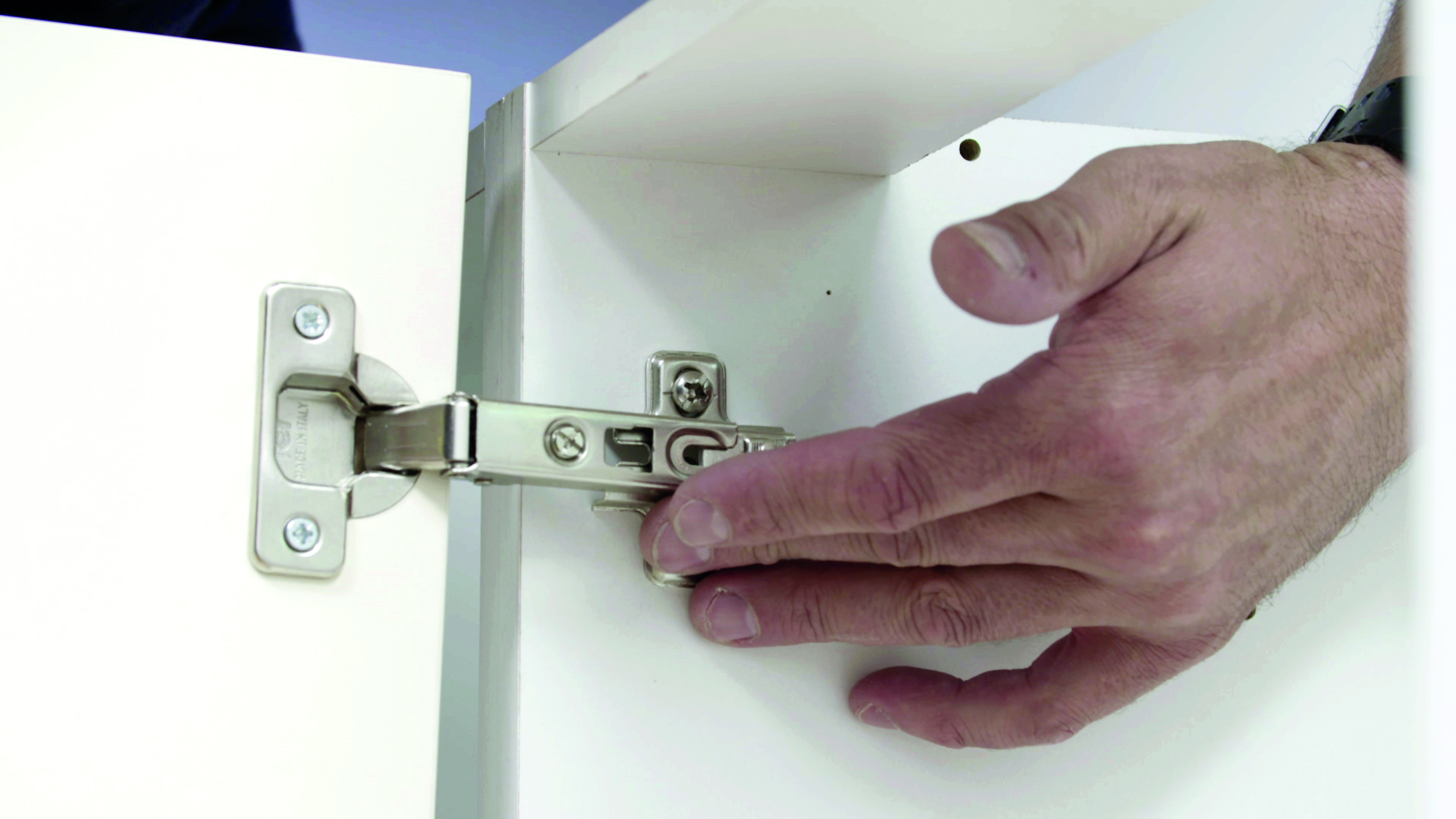
4. Fit door to cabinet, fixing the hinge onto the hinge plate and screwing into position. First attach the top hinge, then fix the bottom hinges together. Backplates are usually adjustable, so can be moved a couple of mm up and down by loosening the screws.
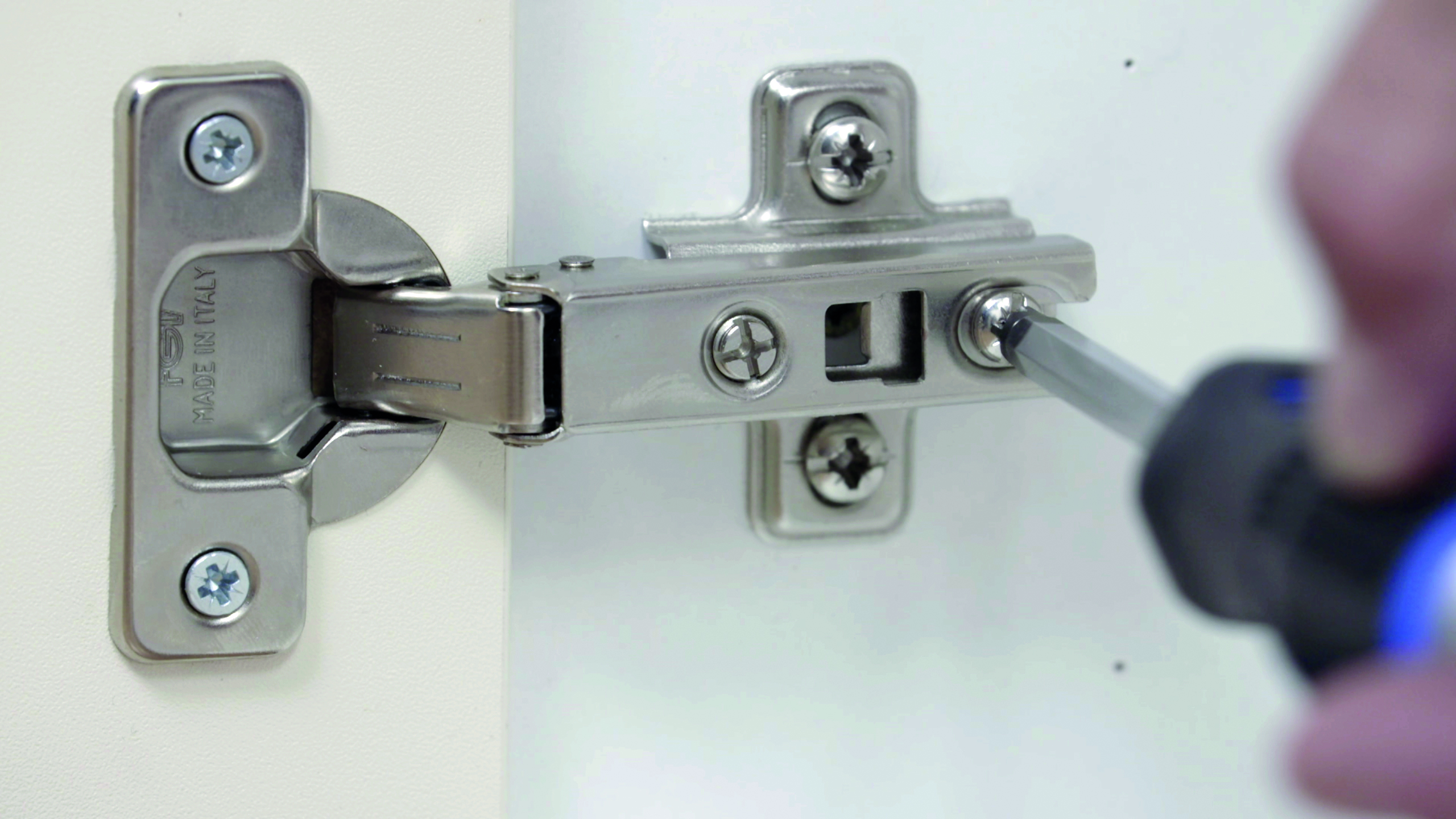
5. Fit the handles or knobs to your doors. Replacing doors and drawer fronts provides the ideal opportunity to update your kitchen; even something as simple as new handles can transform a dated look.
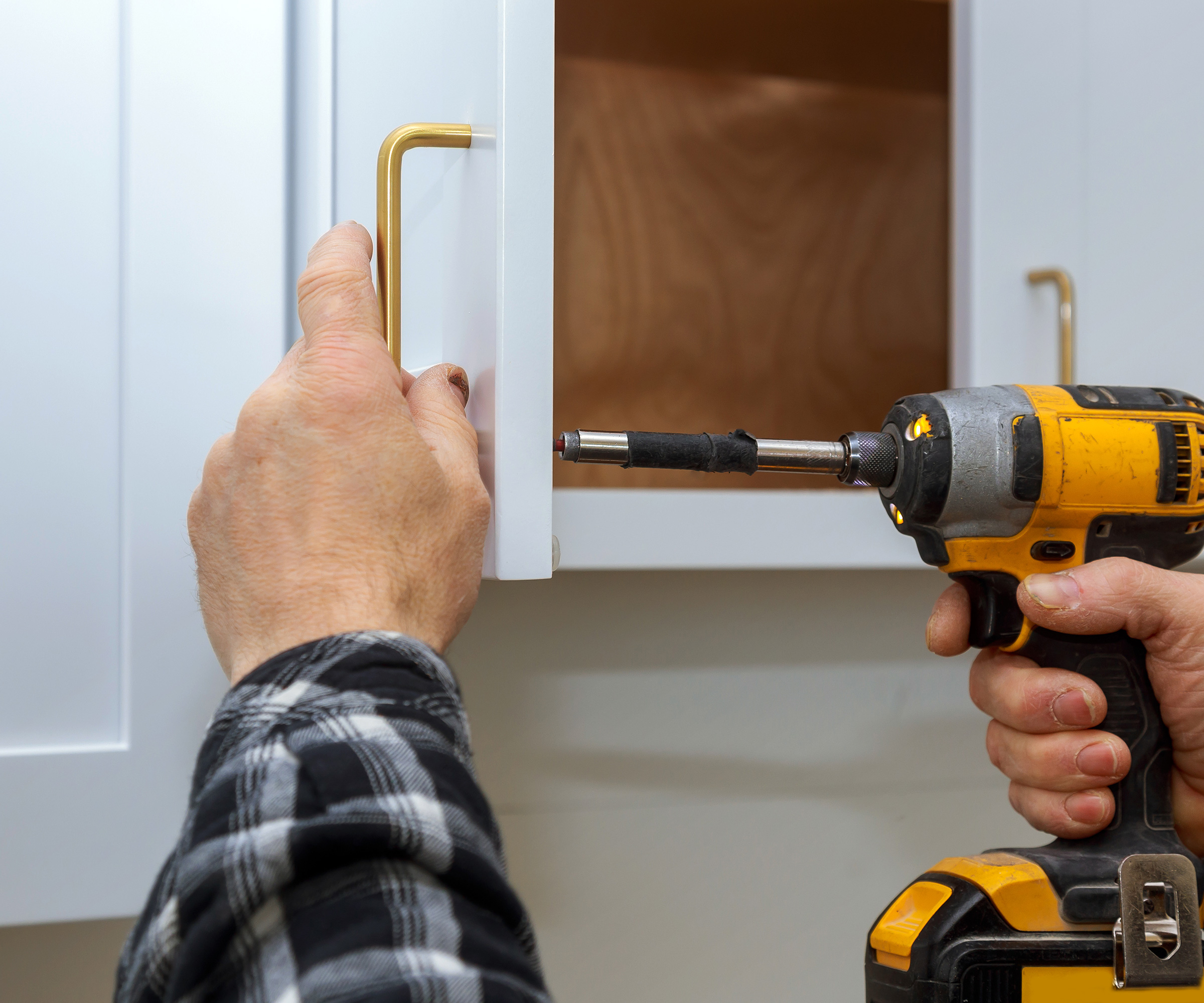
6. Once all the doors have been attached, go around adjusting the hinges until all of them operate smoothly. Tighten screws, but not so much that you risk damaging them.
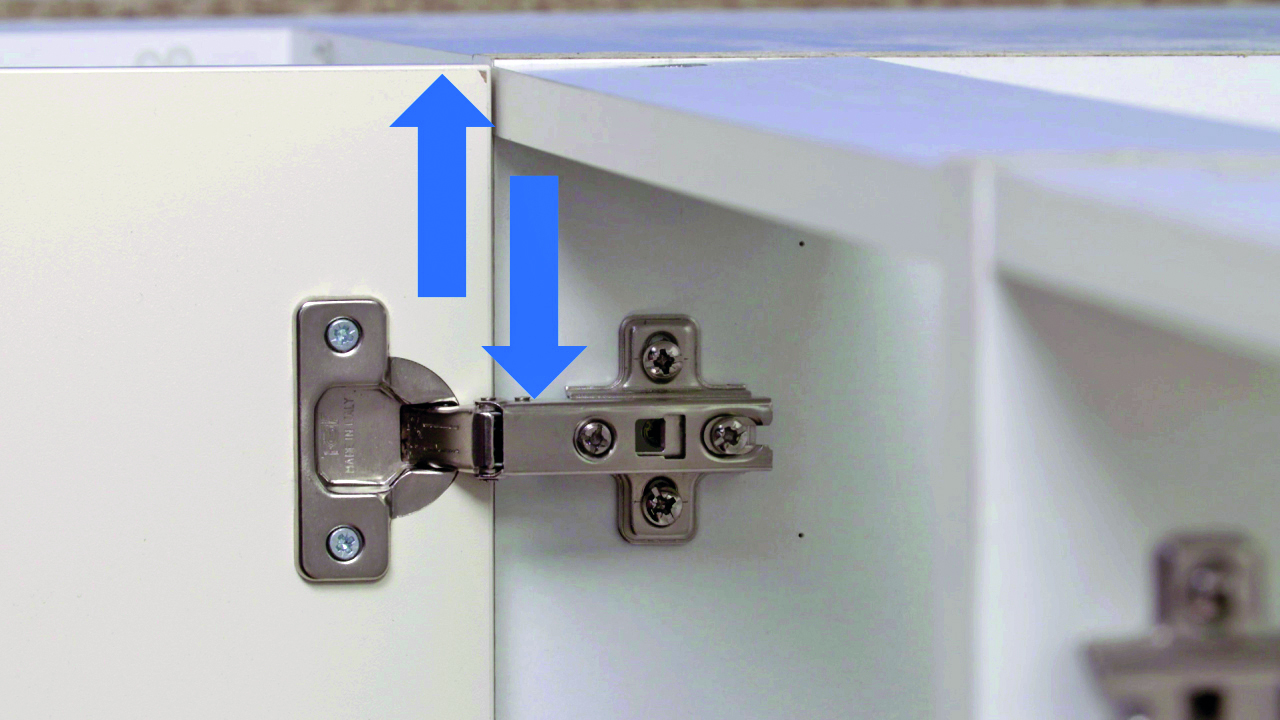
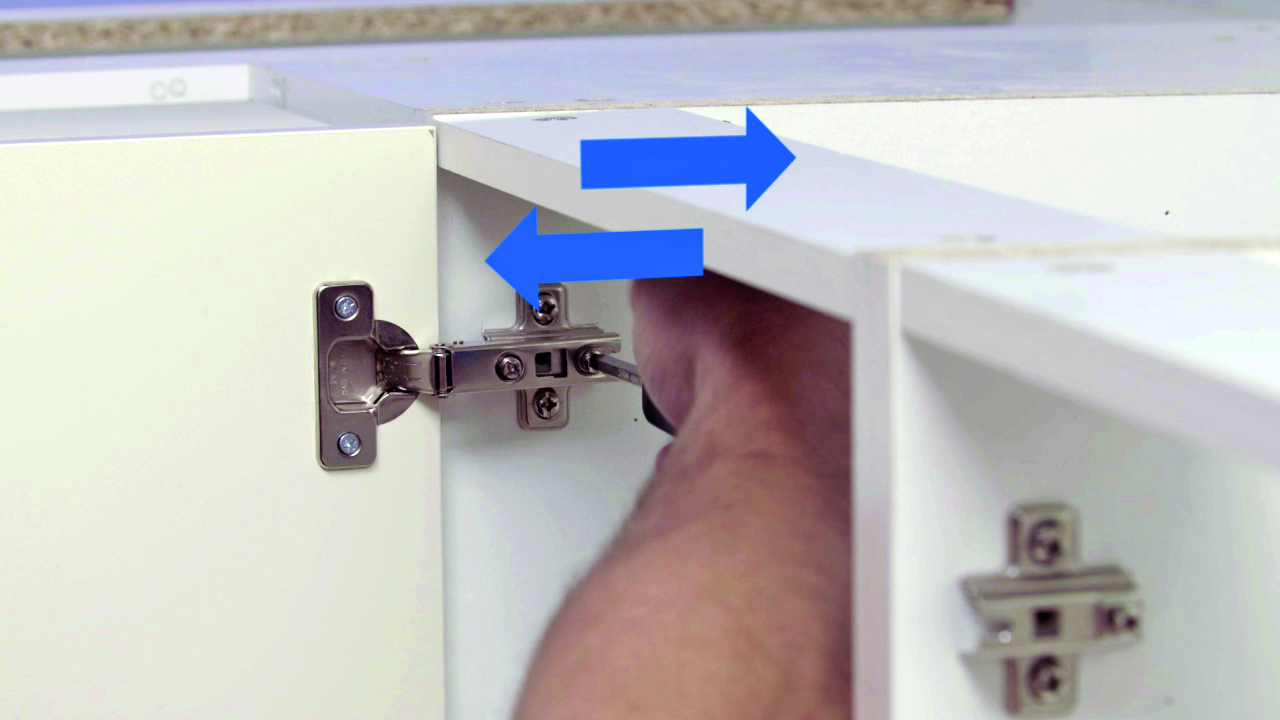
FAQs
Is it easy to replace kitchen cabinet doors?
Replacing kitchen doors as part of a kitchen renovation isn't a tricky task in itself, and largely only requires a screwdriver and the right fixings for the job.
However, finding the right replacement kitchen doors can be more difficult, as they'll need to perfectly fit the existing kitchen to look right when installed.
Are my carcasses suitable for changing doors?
You'll need to examine the existing kitchen units and carcass to identify whether replacing the doors is viable. However, kitchen carcasses tend to hold up well, with kitchen doors taking the brunt of everyday wear and tear and damage from sunlight. Even kitchens that are five to 10 years old may have life left in the carcass!
Water damage is one potential issue to look out for, particularly with cheaper carcasses made from the likes of melamine-faced chipboard, where it can cause unsightly stains and damage to the carcass. This is common around sink areas.
You should also consider if the existing kitchen suits your storage requirements. If your space could work harder, changing the internal layout of the cabinetry may be beneficial, and require replacing the carcass as well as the doors.
Where can I buy replacement kitchen doors?
In general when replacing kitchen doors, you'll be replacing standard door sizes, which makes locating an exact match from a suppler easier.
In the case of bespoke kitchens, however, you might find it trickier to source off-the-shelf replacement doors. In this case you will need to have them custom made, adding to the price.
For some retailers of replacement kitchen doors, sizes are based on specific kitchen ranges, usually from budget carcass providers such as IKEA and Howdens. This means they produce their kitchen doors specifically for these ranges, and they may not be able to retrofit them to a different design.
Some doors are supplied with pre-drilled fixing and hinge holes. You will need to consider how these will work with any fixing holes already in your carcasses. Others come supplied with no holes, in which case you or your kitchen fitter will be in charge of drilling them.
Some suppliers offer the option of drilling holes in their standard doors to your particular specification, typically for a small additional cost. They can usually offer advice on how to measure where the holes will be required.
More often than not, doors will not come supplied with handles – or be drilled to take handles – meaning you will need to order and fit handles and knobs yourself.
In the case of new drawer fronts, you will most likely need to order these in conjunction with whole new drawer boxes, unless these remain in good condition. Certainly this is the simplest option as it ensures the drawer box and front will use compatible fixings.
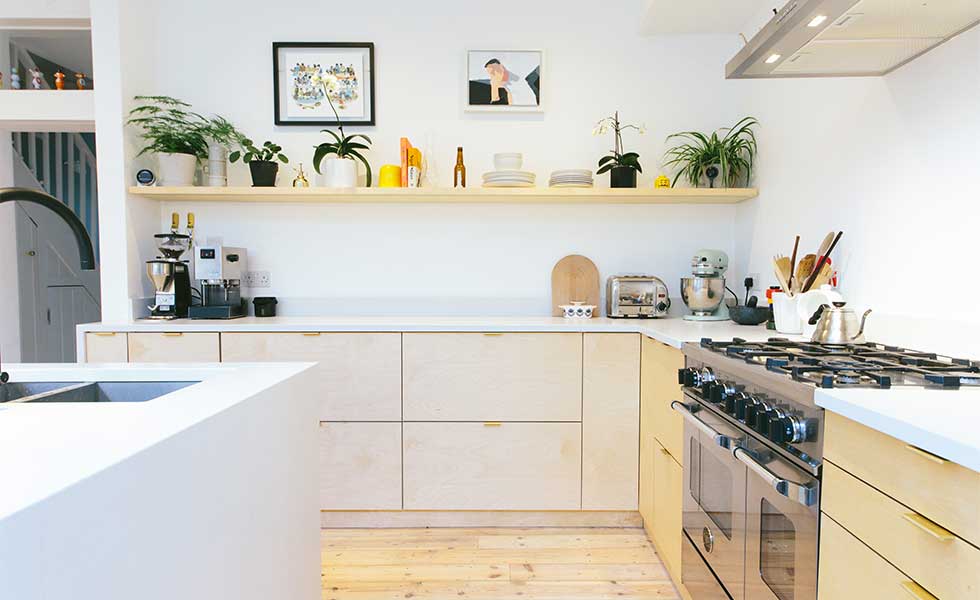
How much do replacement kitchen cabinet doors cost?
The cost of replacing kitchen doors, much like fitted kitchen costs, will depend on the style, quality and size of your kitchen.
While changing 12 doors in a kitchen with replacements from the likes of IKEA or B&Q you could expect to pay from around £300+, for the up-and-coming retailers offering design-forward replacement kitchen doors, such as Husk and Plykea, you're likely to see prices of between £3,000 and £4,000.
Can I just repaint kitchen cabinet doors?
Of course painting kitchen cabinets rather than replacing creates less waste, so is worth considering too.
Whether it's better to repaint or replace your kitchen doors will depend on the condition of the doors and your preference as to the style of the existing doors. In a kitchen with good quality timber doors, scratches and dents can be repaired before painting, helping to improve their condition before they're given a refresh with new paint. This will be harder to achieve with melamine.
Even with the best preparation, bear in mind that melamine fronted kitchen doors aren't the most durable when painted, so unless you're dedicated to the uptake required, it may be best to opt to replace your kitchen doors instead.
Repainting kitchen doors can be quite a time-intensive DIY project, while replacing kitchen doors can be relatively simple and quick to achieve.
Get the Homebuilding & Renovating Newsletter
Bring your dream home to life with expert advice, how to guides and design inspiration. Sign up for our newsletter and get two free tickets to a Homebuilding & Renovating Show near you.
Natasha was Homebuilding & Renovating’s Associate Content Editor and was a member of the Homebuilding team for over two decades. In her role on Homebuilding & Renovating she imparted her knowledge on a wide range of renovation topics, from window condensation to renovating bathrooms, to removing walls and adding an extension. She continues to write for Homebuilding on these topics, and more. An experienced journalist and renovation expert, she also writes for a number of other homes titles, including Homes & Gardens and Ideal Homes. Over the years Natasha has renovated and carried out a side extension to a Victorian terrace. She is currently living in the rural Edwardian cottage she renovated and extended on a largely DIY basis, living on site for the duration of the project.

